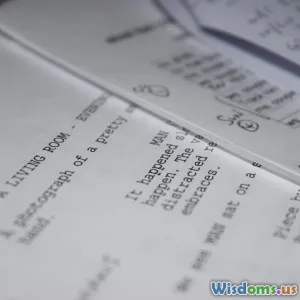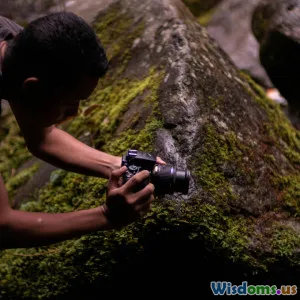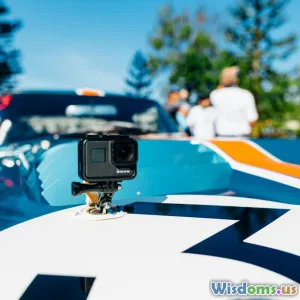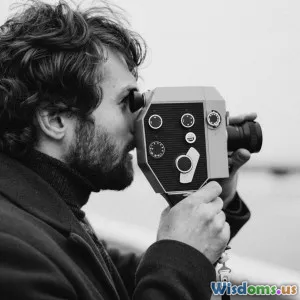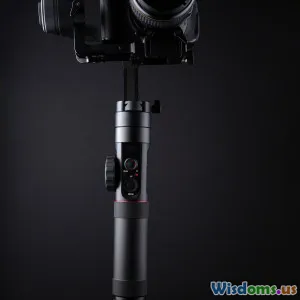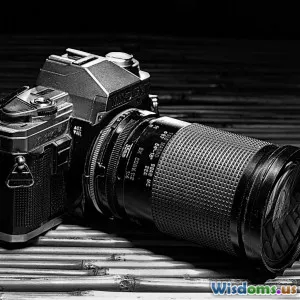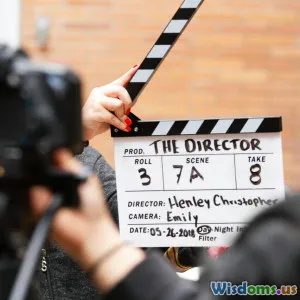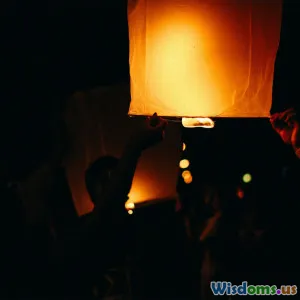
Interview Techniques Every Aspiring Documentarian Should Practice Today
18 min read Essential interview techniques for aspiring documentarians to master compelling storytelling and authentic on-camera conversations. (0 Reviews)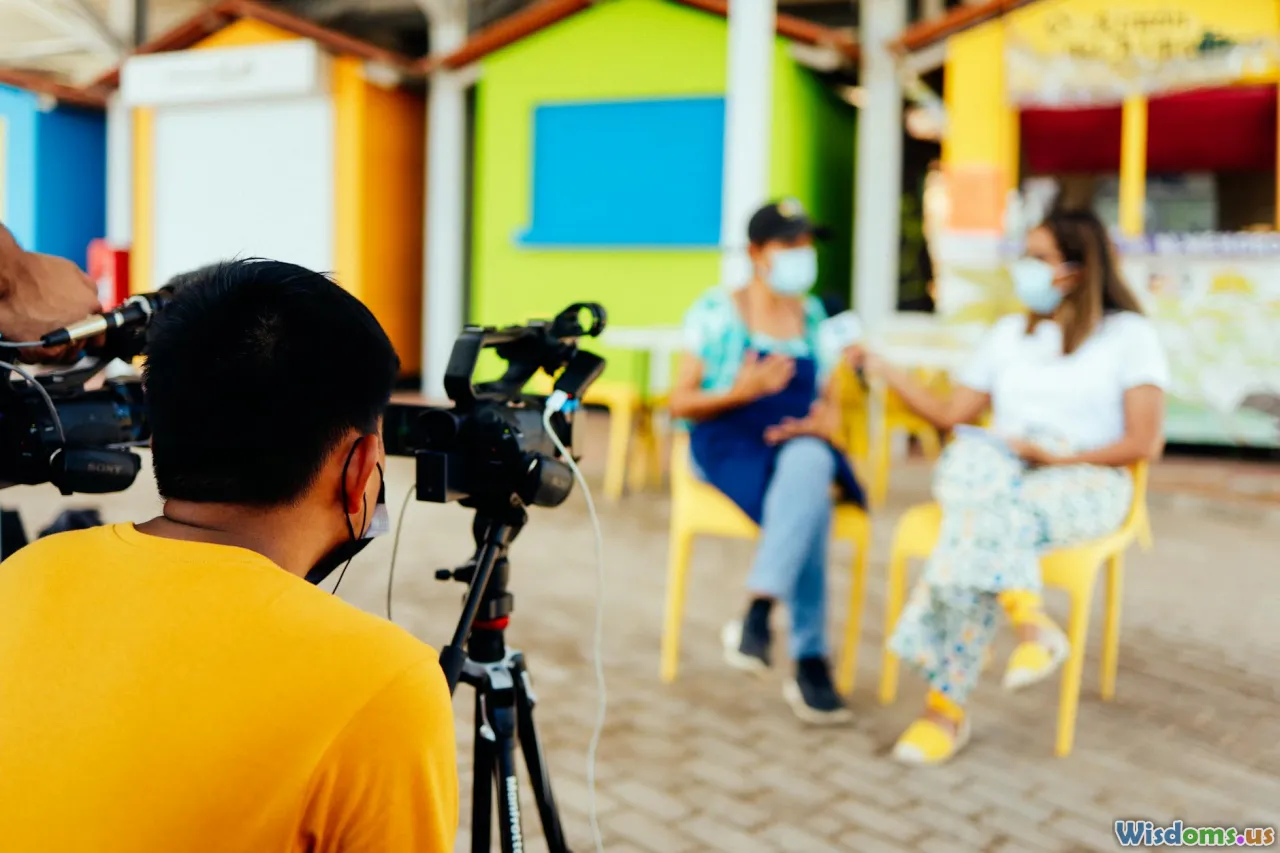
Interview Techniques Every Aspiring Documentarian Should Practice Today
The heart of any great documentary is its interviews. Through the carefully chosen words of subjects, films transcend visuals and data, inviting viewers into deeply personal, riveting worlds. But coaxing those essential truths isn’t simple: it’s an art and a discipline. Whether you’re chronicling a local hero or investigating a global crisis, mastering the craft of interviewing is the difference between bland recitation and profound revelation. Here’s how aspiring documentarians can sharpen their approach—and unlock the stories people seldom reveal.
Preparing For Purposeful Conversations
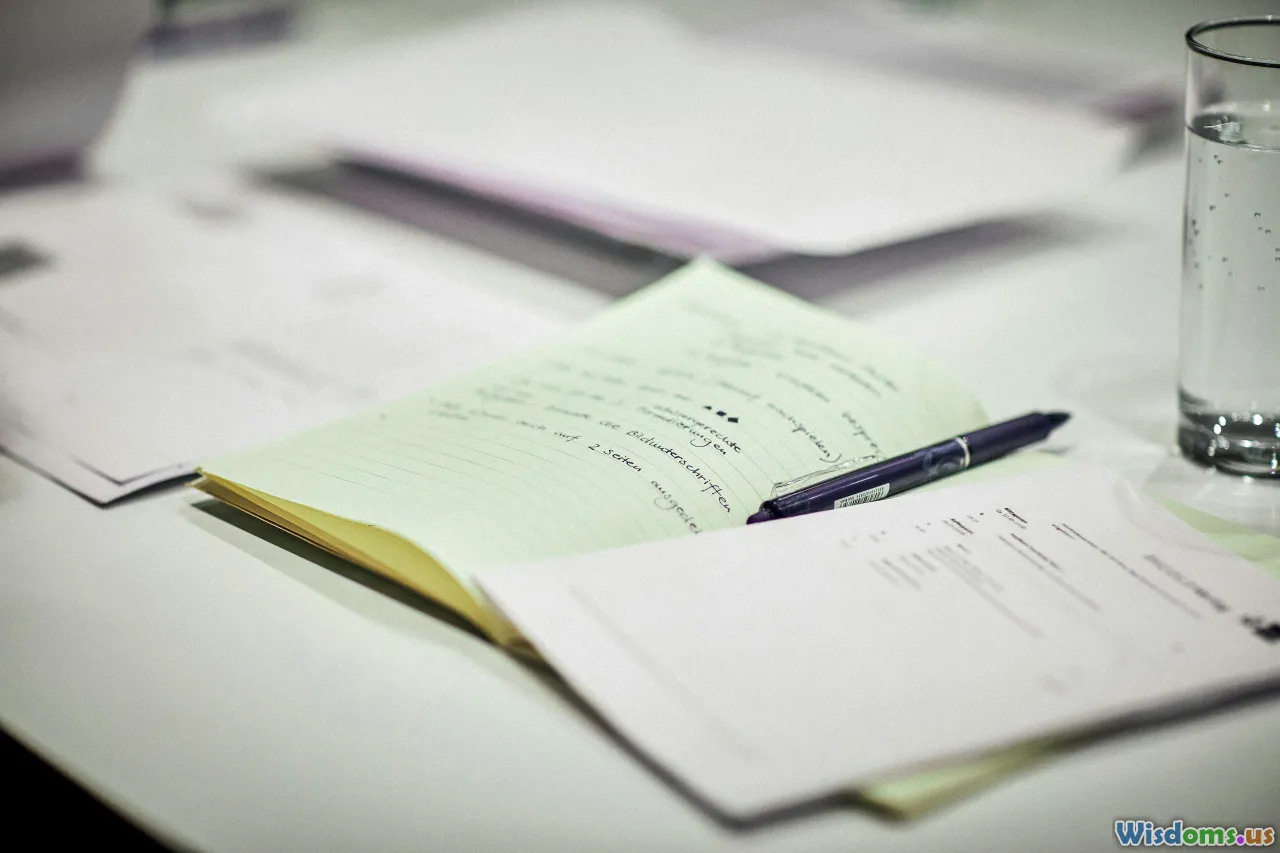
Research Beyond the Surface
Serious preparation is the foundation of every great documentary interview. Before the camera rolls, documentarians should strive to understand not just the subject’s public persona, but also their context and motivations. This means scanning books, articles, previous interviews, and archival footage, but also paying attention to non-traditional sources: community forums, oral histories, or even social media discourse can offer angles mainstream media misses.
For example, the creators of the acclaimed documentary Free Solo researched not just their subject Alex Honnold, but also the mountaineering subculture, rock-climbing techniques, and the psychology of extreme risk. This prep enabled them to ask deeper questions and anticipate moments when the conversation might take an unexpected turn.
Curate Targeted Questions
Generic, closed questions rarely lead to impactful content. Effective interviewers know to craft open-ended, curiosity-driven inquiries tailored to each individual. Start by mapping out core themes—identity, conflict, hope, history. Brainstorm what only this person can reveal about each one, then build questions that gently lead subjects to reflect:
Instead of: “Did you like working there?”
Try: “What did your typical day at the factory feel like, and how did that shape your view of home?”
Questions that invite storytelling trigger the brain’s narrative circuitry, leading to richer responses.
Preview The Environment
The wrong atmosphere can muffle even the most candid exchanges. Whenever possible, preview the interview setting—where is it, what’s the ambient noise, what’s the lighting? Small details matter: in 13th, Ava DuVernay’s striking use of simple backdrops focused attention on her subjects’ words and emotions. Great documentarians think through not just the words, but the space in which they’re spoken.
Building Trust And Rapport

Connect Before Questions Begin
Even veteran interviewees carry nerves. Aspiring documentarians should invest effort in genuinely connecting before the official interview starts. This isn’t about using tricks, but about decency: introduce yourself, clarify your project and intentions, and show sincere interest in the person—not just their story.
Errol Morris, famous for films like The Fog of War, is known for his innovative interviewing device, the "Interrotron," which lets subjects look directly into his eyes (and the audience) while being recorded. But more importantly, he takes time to cultivate a sense of collaboration, making interviewees feel their story is in valued hands.
Ensure Emotional Safety
A common mistake is barreling into sensitive topics too quickly, which can shut people down. Instead, begin with less charged, background questions and gently transition to greater intimacy. Be transparent if you need to touch on traumatic or controversial subjects, and always make consent to revisit or skip topics an option.
Consider the series The Keepers, where interviews with survivors of abuse were handled with extraordinary patience and care. Interviewers reminded participants they could take breaks or stop at any time, creating an environment of autonomy and respect.
Active (Not Passive) Listening
An interview is not an oral exam; it’s an active human exchange. Show you’re present—nod encouragingly, repeat key phrases (“So when you said...”), or express gratitude for vulnerabilities shared. This feedback loop not only bolsters trust but can reveal deeper narrative threads to pursue.
Mastering the Art of Asking

Sequence and Structure
A list of interview questions is not a script. Savvy documentarians recognize the subtle art of order. Early, friendly prompts lay the groundwork for more challenging inquiries later in the conversation—it’s like gradually heating water so a guest doesn’t realize the depth until they’re fully immersed.
Structure matters for flow. Start with simple biographical details to warm up, weave into specific incidents, then explore feelings and meanings. If a subject offers an intriguing tangent, be prepared to follow—even if it derails your planned trajectory. Sometimes the best moments are unscripted.
The Power of Silence
Many new interviewers fear awkward silences, rushing to fill them. But silence is one of your most potent tools. By letting a pause linger after a subject speaks, you signal true listening—and often prompt revelations as people fill the space with reflection. The late Anthony Bourdain, while better known for his on-camera presence than his documentary technique, showcased this: waiting quietly in a restaurant, he’d create a vacuum subjects felt compelled to fill, drawing out deeper stories.
Follow-Up with Genuine Curiosity
Sometimes the real story is where an answer wavers or trails off. Follow-up can mean gently circling back: “When you say it was the hardest day, what goes through your mind remembering that now?” Insightful follow-ups often surface the emotional core a more formal script would skip.
Eli Despres, editor of The Jinx, once shared that he and his team intentionally left follow-up space in interviews to capture spontaneous reflections—sometimes leading to pivotal revelations that defined the documentary’s arc.
Navigating Challenging Interviews
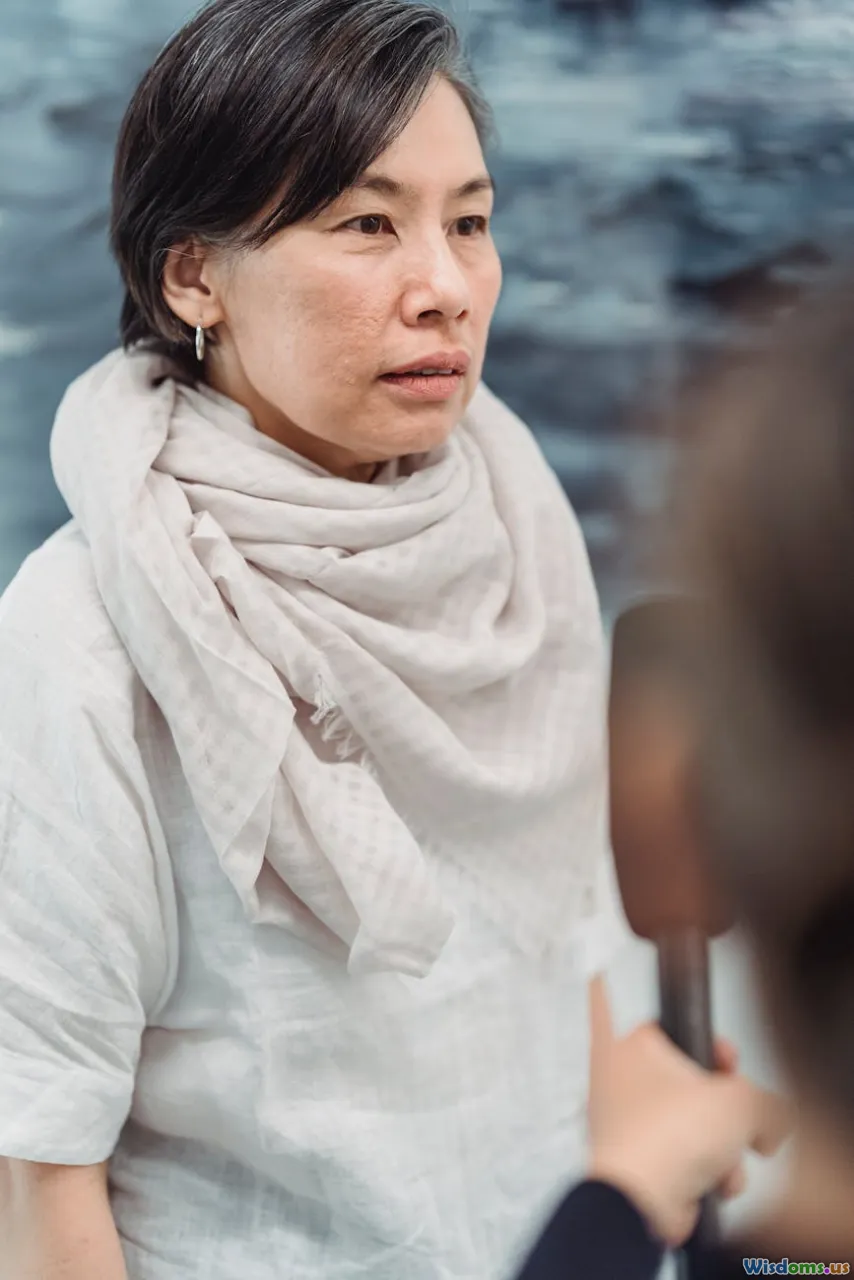
Handling Resistant or Guarded Subjects
It’s nearly inevitable: some interviewees will be hesitant due to trauma, privacy fears, or a lack of trust in filmmakers. It’s essential first to recognize resistance isn’t an obstacle, but a clue—there’s something significant beneath the discomfort.
If an interview subject withdraws, don’t challenge or confront. Instead, acknowledge feelings—“I can see this isn’t easy”—and reaffirm their autonomy. Allowing space for emotion or even the request to turn off the camera gives back ownership. In Capturing the Friedmans, director Andrew Jarecki left space for subjects to decline questions, which led, paradoxically, to more honest participation in the long run.
Addressing Misinformation or Evasions
Sometimes, interviewees provide incomplete or misleading accounts—intentionally or not. Gentle, evidence-informed follow-ups are key. Rather than contradicting or embarrassing someone, ask: “Earlier, you mentioned X, but some records suggest Y—how do you make sense of those different perspectives?”
This technique, called triangulation, keeps the tone respectful while signaling you’ve done your research. It often leads to more nuanced disclosures rather than defensive stonewalling.
Managing Emotional Crescendos
Volatile topics can lead to tears, anger, or silence. The camera should never come before human decency: pause if needed, remind participants they control what’s shared, and turn off the camera at their request. Great documentarians know that the well-being of their subjects is paramount—without that, there’s no ethical storytelling.
Technical Tips For Engaging Visuals
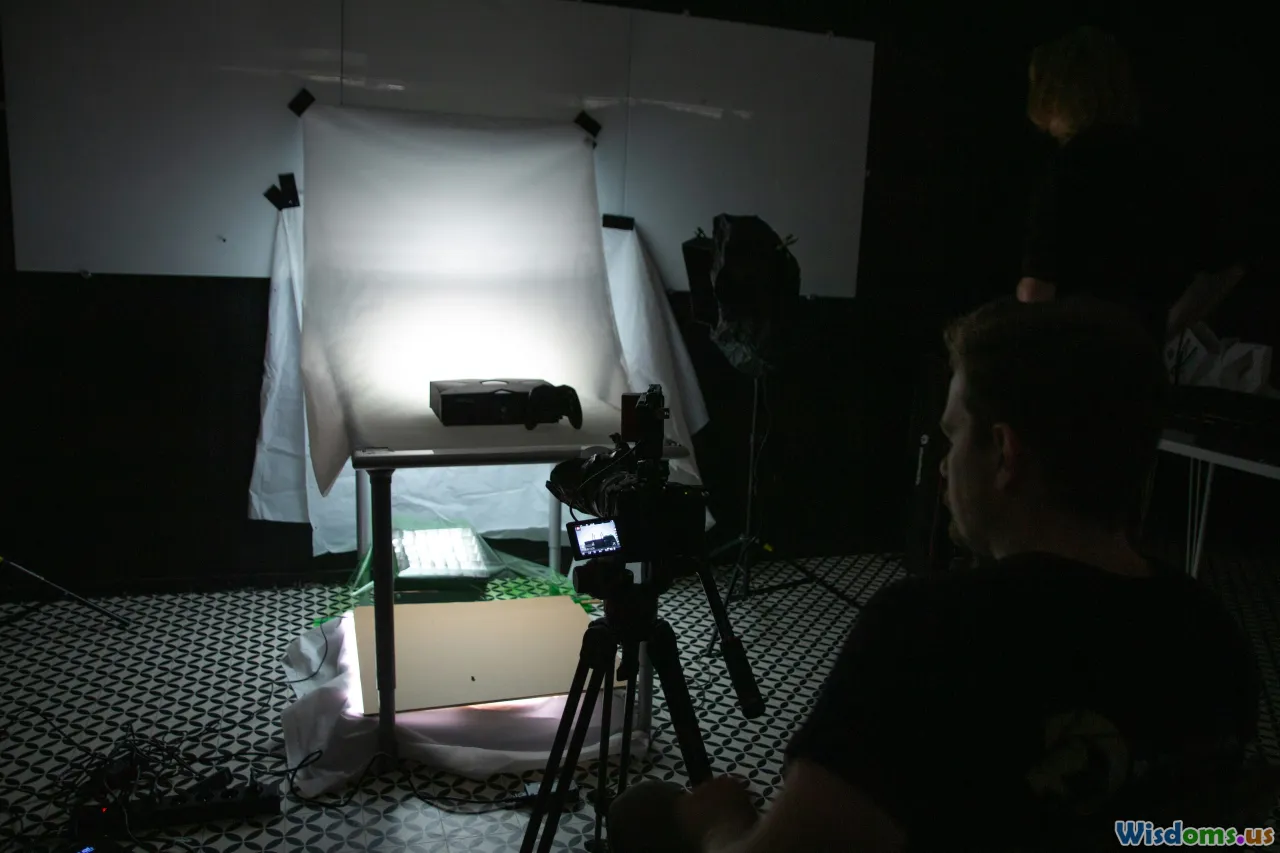
Prioritize Audio Quality
While visuals often get the most attention, poor audio can ruin even brilliant footage. Always test your equipment—use lapel mics for clean sound, scout for ambient noise oh the day of, and carry backup batteries and cards. For phone or tight-budget projects, a low-cost shotgun mic (like a Rode VideoMic) is invaluable.
In Morgan Neville’s 20 Feet From Stardom, strategic placement of lavalier microphones often captured subtle, off-the-cuff remarks that proved storytelling gold.
Lighting Choices Direct Attention
Natural window light can be a gift, but uncontrolled fluorescents or harsh sunlight cause distractions. Even for on-the-go interviews, a portable LED light can transform an under-lit room. For an evocative effect, try shooting with a shallow depth of field, subtly separating your subject from their environment and focusing the viewer on face and emotion.
The 2018 film RBG carefully employed simple, even lighting, emphasizing subject expressions and providing a sense of authenticity over theatricality.
Composing the Emotional Frame
Wide shots establish environment; close-ups share intimacy. Vary your framing to match the tone—hold close during emotional moments, or pull back for hard topics to give space. Don’t center everyone identically: placing a subject to the side (the “rule of thirds”) often results in a more cinematic portrait.
When Werner Herzog interviews subjects, note how his off-center positioning often subtly reinforces the subject’s inner conflict or isolation.
Crafting Responsive Follow-Ups
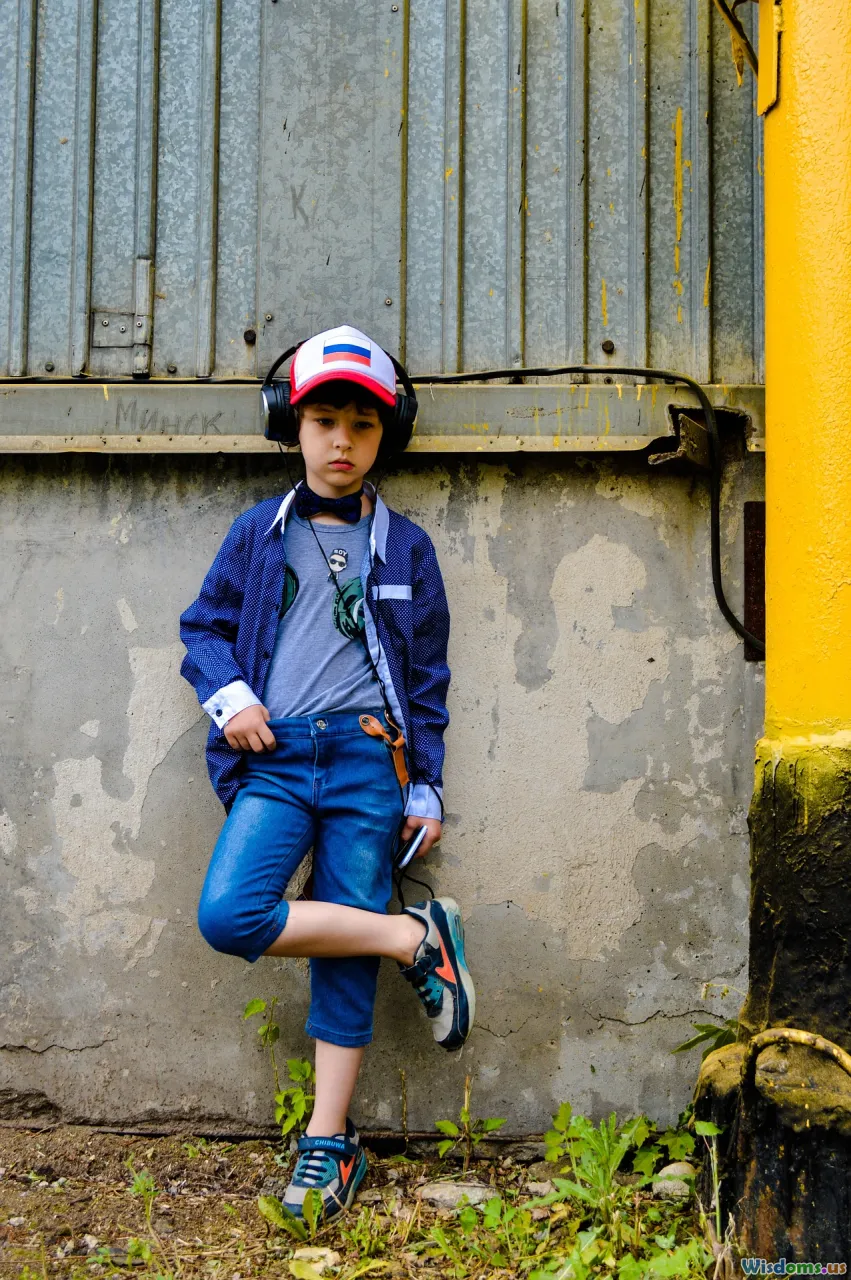
Take Note—Without Distraction
Some filmmakers record notes during interviews, but this can break the flow. If necessary, designate a cameraperson or trusted assistant to jot down times for standout moments. Otherwise, practice retaining main ideas mentally, or pause recording at logical breaks for notation.
Building Narrative Arcs in Real Time
As interviews unfold, stay alert for motifs or phrases that could connect disparate interviews or threads. Flag turns in emotion, shared metaphors, or recurring questions for later exploration. This instinct is visible in Joshua Oppenheimer’s The Act of Killing, where early references seed later confrontations, layered for growing resonance.
After each interview, jot a short debrief to capture first impressions, so critical connections aren’t lost in the blur of hours—or days—of footage.
The Value of Gratitude
End every session by genuinely thanking your participant. This isn’t only about courtesy: many documentaries return to the same subjects for follow-up interviews. Building positive relationships boosts the power of those subsequent sessions and helps diminish hesitancy the second time around.
Ethical Considerations In Documentary Interviews
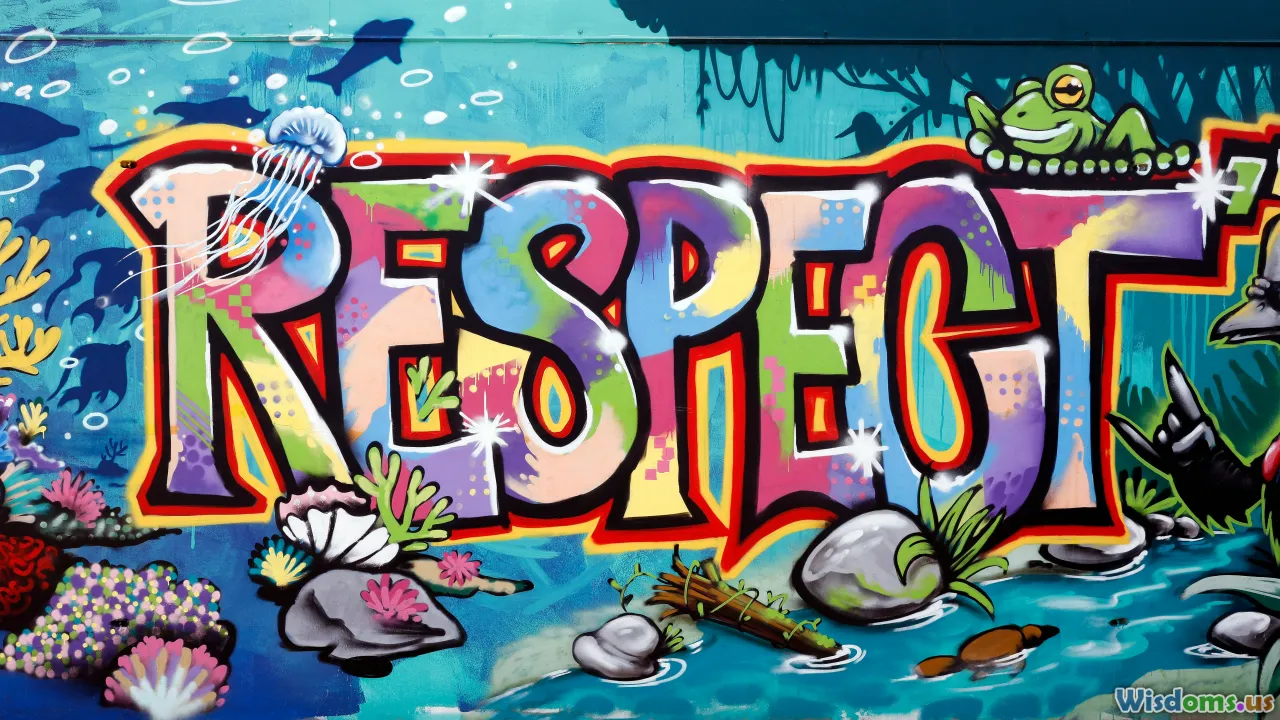
Informed Consent Is Non-Negotiable
Always clarify the intent of your project and obtain clear, informed consent before filming begins. Consent is not a one-off form—it’s an ongoing dialogue. Some stories, especially involving trauma or vulnerable populations, may require additional sensitivity: outlining where footage will be used, any editorial rights, and providing opportunity to retract permission if subjects change their mind.
Barbara Kopple’s Harlan County, USA is a seminal example, with subjects made aware of the union and company intrigue unfolding and their potential risks. As a result, participants felt empowered rather than exploited.
Representing Your Subjects Fairly
Editing is a powerful tool that can easily skew or distort. As you construct your narrative post-interview, always strive to preserve context. Distinguish between a subject’s direct words and your interpretive voiceovers, flag ambiguous statements, and when possible, grant participants a preview of sequences in which they appear.
The British documentary series Seven Up! succeeded in part because participants felt ownership over how their stories were portrayed and, in some cases, could withhold footage they felt uncomfortable with.
Handle Sensitive Material With Care
Revisit any moments involving distress, shame, or legal risk with extra caution. If a disclosure could endanger your participant, seek assistance from an ethical advisor or legal counsel. A great documentary’s goal is to amplify truth, not to sensationalize vulnerability.
Practicing To Perfection: Real-World Drills And Self-Evaluation
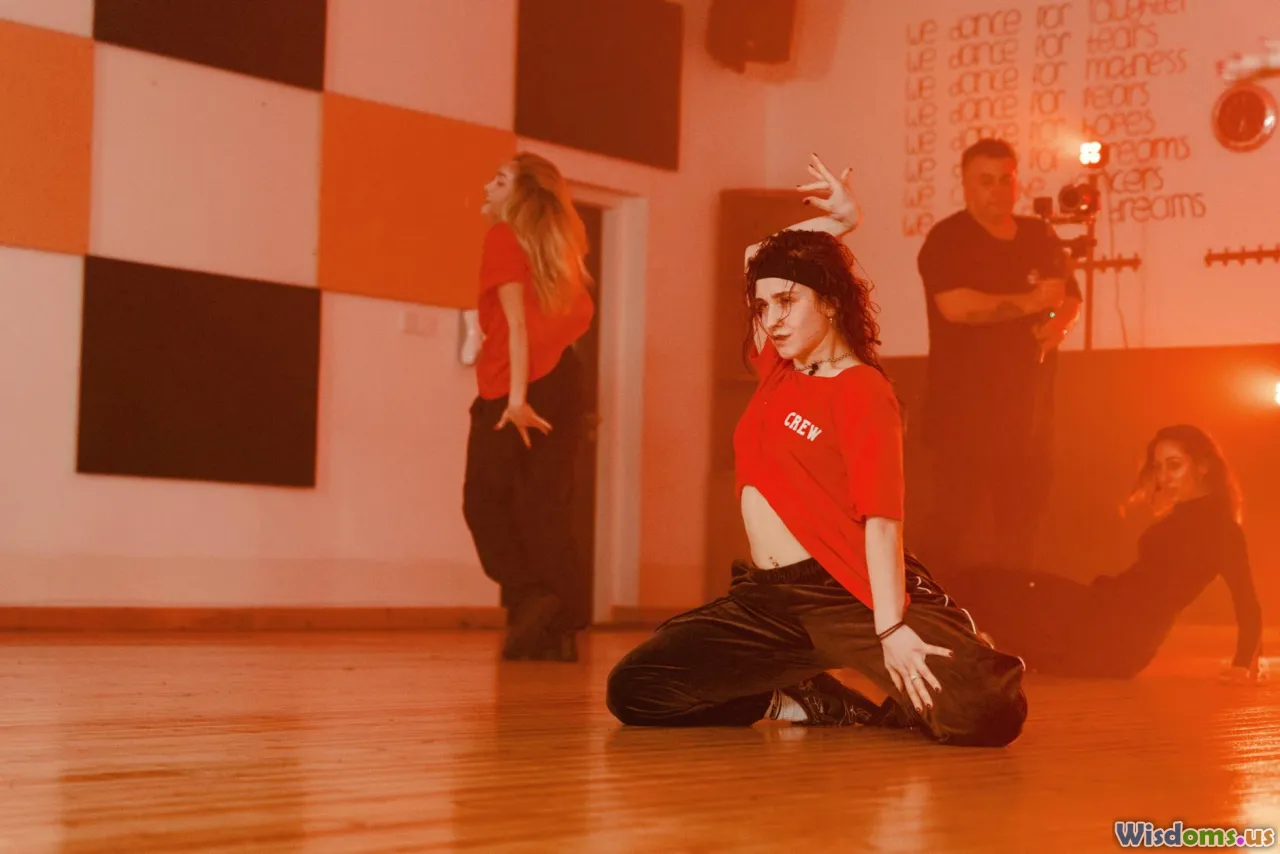
Peer-Review With Practice Interviews
As with any discipline, improvement stems from feedback. Record mock interviews with friends or fellow filmmakers, then critically review the footage for pacing, body language, and authenticity. What questions led to richer stories? Which seemed to shut down conversation? Share your footage in creative circles or academic courses for additional perspectives.
Shadow Experienced Documentarians
Whenever possible, apprentice or volunteer with teams working on larger documentary projects. Even as a runner or set assistant, you’ll absorb rhythm, pacing, and the unspoken cues professionals lean on for successful sessions. Watching an expert navigate a difficult or particularly emotional moment provides insight that textbooks simply can’t match.
Keep a Journal to Iterate Your Approach
After every real interview, private journal entries—what surprised you, what left you unsettled, which moments felt most honest? Over time, patterns emerge and weaknesses clarify. This iterative process hones your instincts faster than rote repetition alone.
Lasting Impact Through Compassionate Curiosity
The soul of documentary filmmaking lies in its interviews—carefully prepared, artfully conducted, ethically guided, then edited with care. By blending rigorous research, active listening, tailored follow-ups, and a respect for every subject’s integrity, aspiring documentarians build trust and collect the rarest resource in storytelling: empathy.
Master these techniques not just as tools, but as a set of values, and your documentaries will offer not only insight but also forge genuine connection—between subject, filmmaker, and audience. That is the alchemy at the core of every powerful non-fiction film.
Rate the Post
User Reviews
Popular Posts










